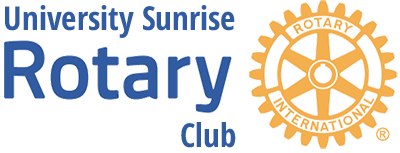
Although a Chinese Medicine practitioner has proposed a full body transplant, Jason Robertson’s immersion into this discipline has not embraced such a concept. His is a traditional form which he practices and teaches. He traces his pathway to dedication in both the language and the concepts to years spent in both of the Chinas and in San Francisco. His mentor, Wang Ju-Yi, has been both teacher and inspiration.
Although there is an herbal branch of Chinese Medicine, the preponderant technique is that of acupuncture. There are some 30,000 acupuncturists in the US, 1300 in the Seattle area, and three accredited local schools. The local society is named East Asian Medical Practitioners. The scope of the process includes: clinical history, acupuncture, advice, supplemental advice, and herbal therapies. Within this mix is the connection of signs and symptoms, clues, and patterns of disease.
The evolution of the art (actually a very old one) was expedited during the Cultural Revolution of the ’60s. Mao Tse-Tung approved of sending “barefoot doctors” into the hinterlands to administer to the masses. Subsequently, the techniques came to the larger cities, particularly Beijing. Wang was one of these.
The sequence of events, as practiced by Wang, is first to check the pulse, then to ask questions, laying on of hands to palpate acupuncture channels while running the thumb along limbs and torso, determining the effect on organs, and at times slapping the contralateral limb to direct attention away from the site of the acupuncture. The effect, it is postulated, is mediated by channels toward the target organ. It has been found that acupuncture increases the oxygen levels at the sites. A very narrow-gauge needle is used. 10-15 needle pricks are generally given per hour.
Observation: A student must keenly prick up his/her ears as the instructor makes his points, lest said student be needled by classmates at not having been too sharp, the motto being, “Get on the stick.”
